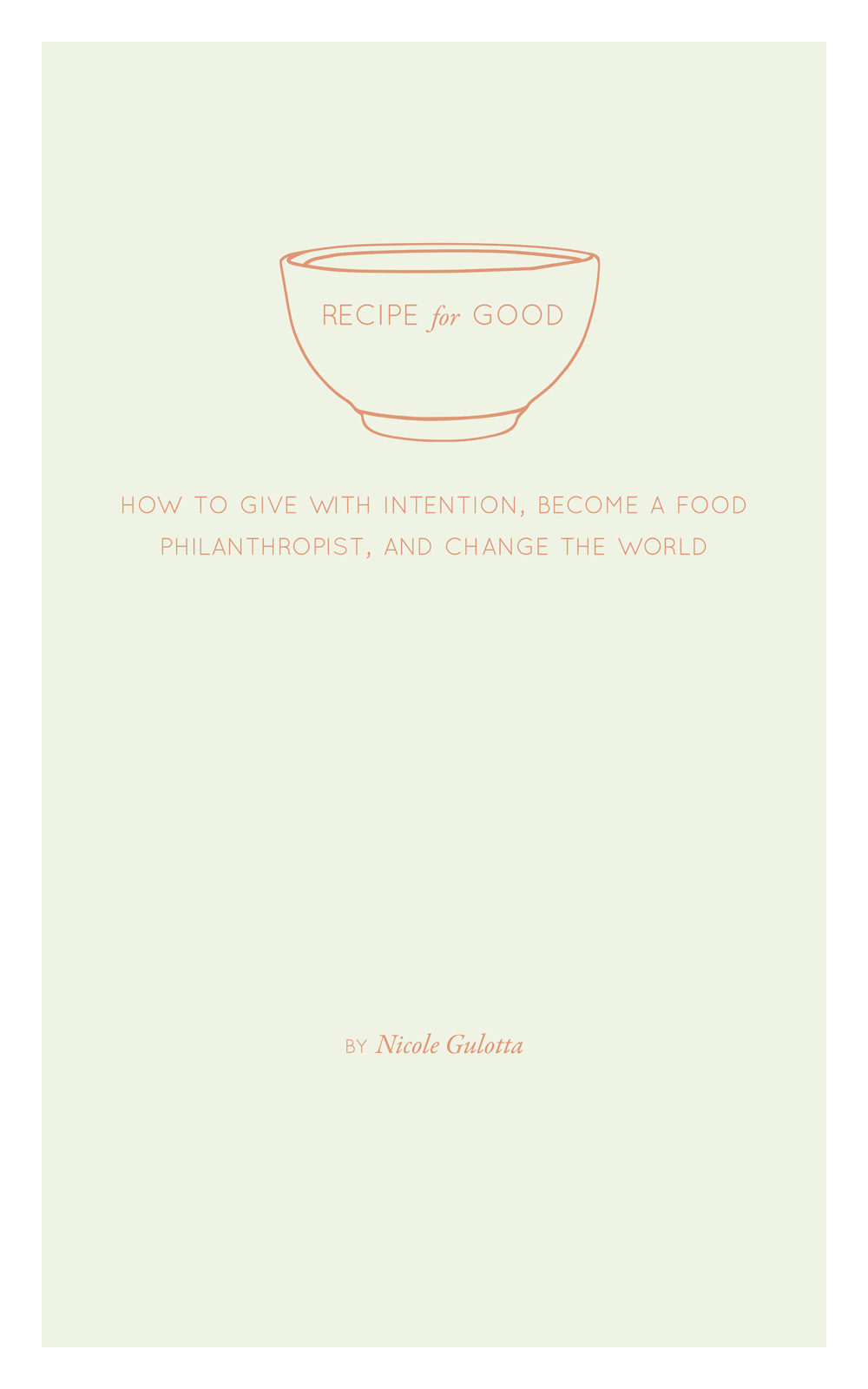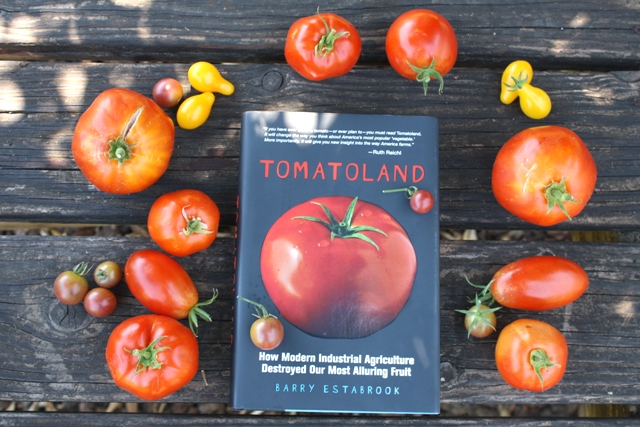Slave-Free Tomatoes National Day of Action: September 1
 08.25.2012 Tweet
08.25.2012 Tweet
What are you doing next weekend? If you don't already have plans to get out of town, consider participating in International Justice Mission's National Day of Action!
Thousands of you have sent letters to supermarket CEOs demanding slave-free tomatoes, and IJM's goal is to reach 15,000 signatures by the end of the holiday weekend. Let's help IJM reach its goal! Here are all the details.
Slave-Free Tomatoes National Day of Action - Sept. 1st
2. RSVP on the Facebook page - Share the news that you’re participating and invite your friends and family to do the same! Also check the Facebook page to connect with other activists planning events in your area.
3. CHOOSE and secure your location(s). Think about a place where there will be plenty of foot traffic, so you can collect as many signatures as possible (like your local farmers’ market or set up your own lemonade stand). Think about the space and materials you need, and find out if you need permission for where you plan to gather signatures.
4. SET a goal for how many people you want to sign the petition. 100? 200? 1,000?! Share your goal with on the event page and the Recipe for Change Facebook page!
5. RECRUIT friends and fellow advocates to help you achieve your goal! What about day-of support? (For example, could you ask other booths at the farmers’ market to promote the petition?)
6. PRACTICE your talking points messages (check out our Recipe for Change fact sheet to learn more about the issues). Modify your message so you feel comfortable, then get a friend to practice with you: “Will you join us in calling on Kroger/Publix/Stop & Shop/etc to join the Fair Food Program?” [“What’s that?”] “The Fair Food Program is an initiative designed to secure just working conditions and ensure a zero tolerance for slavery exists in our U.S. off-season tomato industry…”
7. ASK IJM if you have any questions or need help getting started! Contact International Justice Mission at 703.465.5495 or email justicecampaigns@ijm.org.
8. AFTER the National Day of Action, deliver your petition to your local grocery store, showing them that their community wants their supermarket chain to join the Fair Food Program. (Only Trader Joe’s and Whole Foods have signed on so far.) Also, send us a copy of the signatures you collect so we can deliver all of the petitions collected around the country to the corporate headquarters of Ahold (parent company of Giant Food and other major chains), Publix, and Kroger (parent company of Ralph’s and other major chains)! Take a candid photo of this action with your phone, and share it on Twitter @IJMCampaigns, or the Recipe for Change Facebook page!
You don’t have to wait until the National Day of Action to start collecting signatures. And don't forget, you can also submit a letter online and ask your friends and family to do the same!




